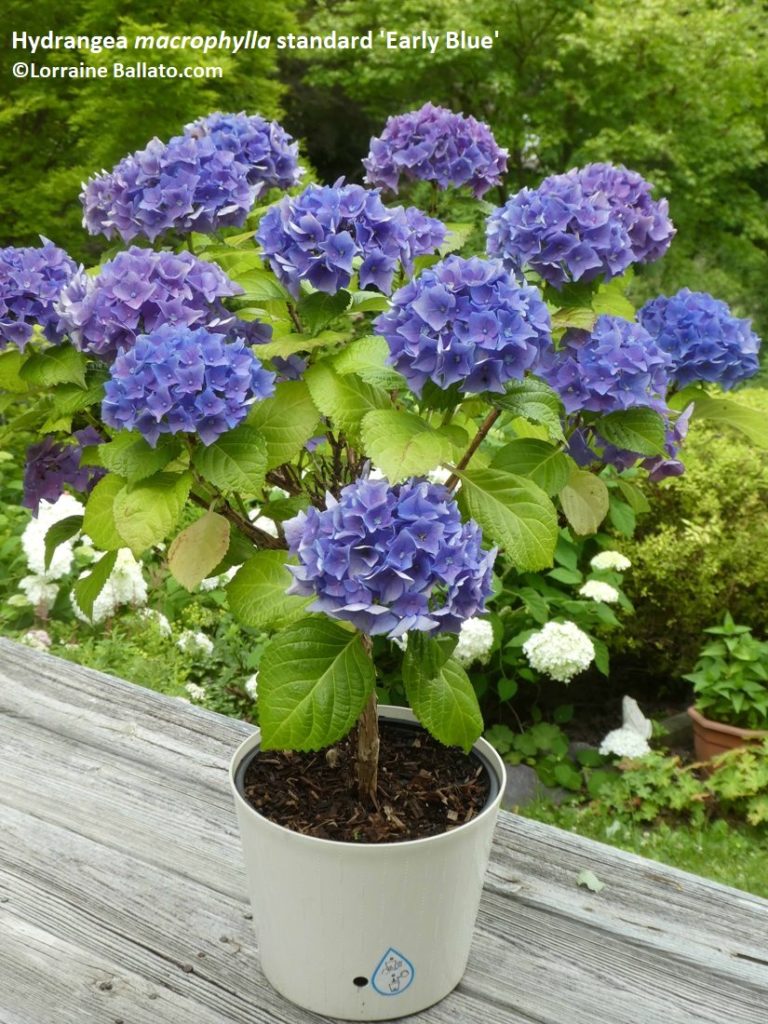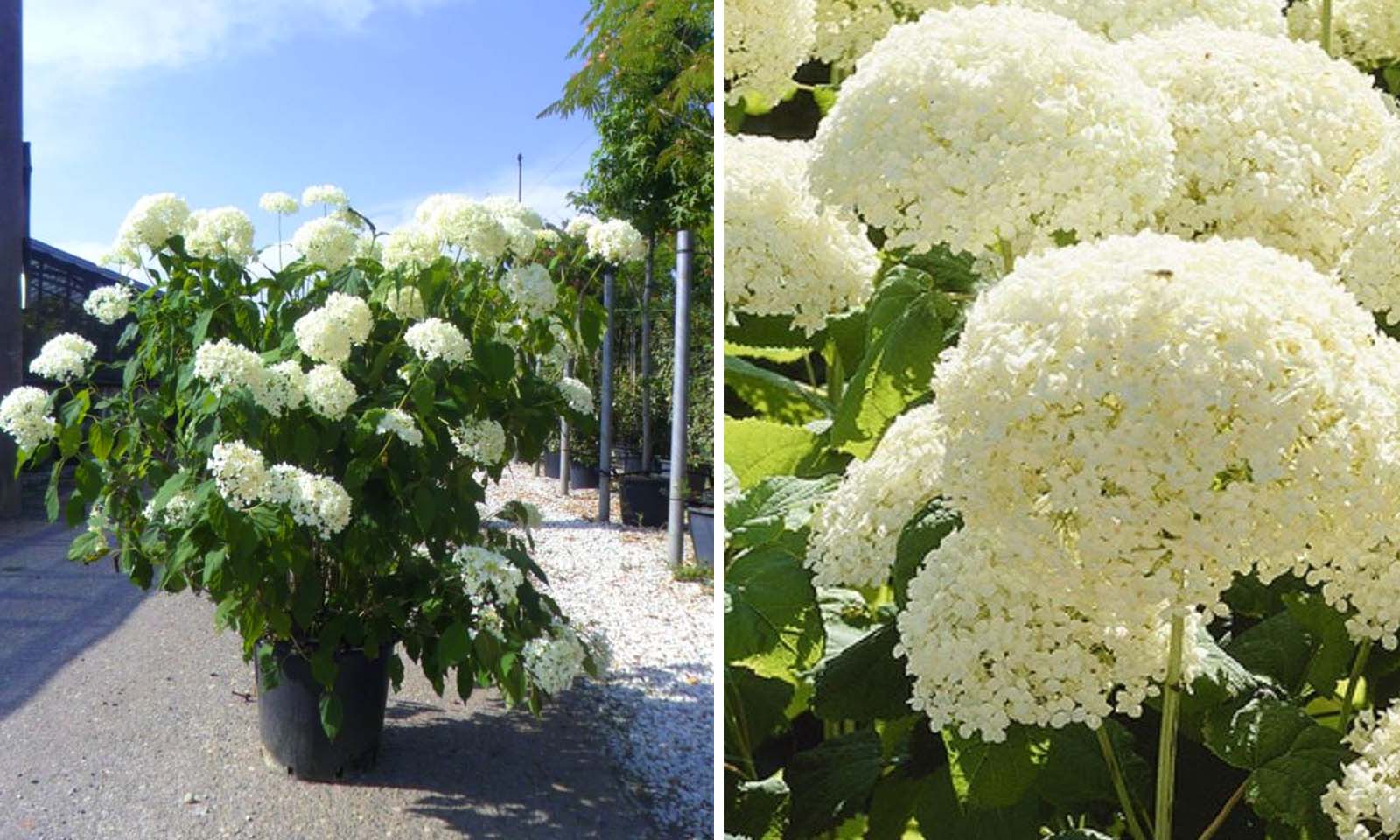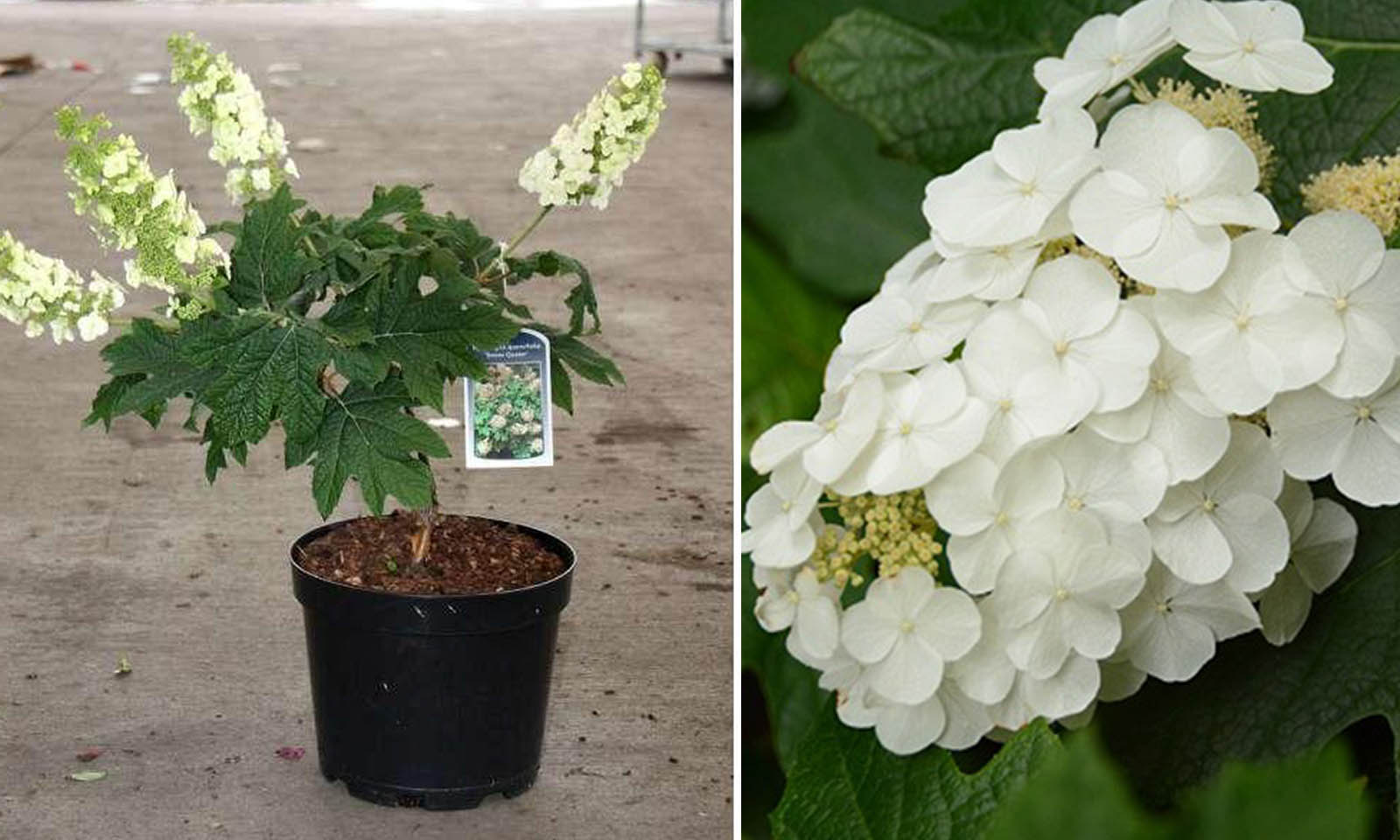Standard Hydrangeas: The Easytogrow Shrub That Will Bloom All Summer Long
Standard Hydrangeas: The Easy-to-Grow Shrub That Will Bloom All Summer Long
Hydrangeas are one of the most popular flowering shrubs in the world, and for good reason. They are easy to grow, come in a wide variety of colors, and bloom for months on end. Standard hydrangeas are a type of hydrangea that is known for its large, upright growth habit. They are perfect for adding a touch of elegance and beauty to any garden.
In this blog post, we will discuss the following:
- What are standard hydrangeas?
- How to choose the right standard hydrangea for your garden
- How to plant and care for standard hydrangeas
- Common problems with standard hydrangeas
- How to deadhead standard hydrangeas
What are standard hydrangeas?
Standard hydrangeas are a type of hydrangea that is known for its large, upright growth habit. They can grow up to 6 feet tall and 4 feet wide, making them a statement piece in any garden. Standard hydrangeas typically bloom in late spring to early summer, and their flowers can last for months.
How to choose the right standard hydrangea for your garden
There are many different varieties of standard hydrangeas available, so it is important to choose the right one for your garden. When choosing a standard hydrangea, consider the following factors:
- Hardiness zone: Standard hydrangeas are hardy in USDA zones 3-8.
- Sun exposure: Standard hydrangeas prefer full sun to partial shade.
- Soil type: Standard hydrangeas prefer moist, well-drained soil.
- Color: Standard hydrangeas come in a wide variety of colors, including blue, pink, white, and purple.
How to plant and care for standard hydrangeas
Standard hydrangeas are easy to plant and care for. Here are the basic steps:
- Choose a location in your garden that receives full sun to partial shade.
- Amend the soil with compost or peat moss to improve drainage.
- Dig a hole that is twice as wide and as deep as the root ball of the hydrangea.
- Place the hydrangea in the hole and backfill with soil.
- Water the hydrangea thoroughly.
Standard hydrangeas do not require a lot of care, but they do benefit from regular watering and fertilizing. Water the hydrangea deeply once a week during the growing season. Fertilize the hydrangea in spring and fall with a balanced fertilizer.
Common problems with standard hydrangeas
Standard hydrangeas are generally trouble-free, but there are a few common problems that you may encounter. These include:
- Leaf scorch: Leaf scorch is a condition that occurs when hydrangeas are exposed to too much sunlight. The leaves of the hydrangea will turn brown and crispy. To prevent leaf scorch, plant your hydrangea in a location that receives partial shade.
- Pests: Hydrangeas can be susceptible to a few pests, including aphids, spider mites, and scale. If you see any pests on your hydrangea, treat them with an insecticidal soap or neem oil.
- Diseases: Hydrangeas can be susceptible to a few diseases, including leaf spot, powdery mildew, and verticillium wilt. If you see any signs of disease on your hydrangea, treat it with a fungicide.
How to deadhead standard hydrangeas
Deadheading is the process of removing spent flowers from a plant. This helps to encourage new blooms and prevents the plant from setting seed. To deadhead a standard hydrangea, simply pinch off the spent flowers with your fingers.
Conclusion
Standard hydrangeas are a beautiful and easy-to-grow shrub that can add a touch of elegance and beauty to any garden. With a little care, your standard hydrangeas will bloom for months on end, providing you with years of enjoyment.
If you're looking for a beautiful and versatile flowering shrub, look no further than the standard hydrangea. These stunning plants come in a variety of colors, including blue, pink, purple, and white, and they can be grown in a variety of conditions.
Standard hydrangeas are relatively easy to care for, but they do require some basic maintenance. They need full sun or partial shade, and they should be watered regularly, especially during the hot summer months. They also benefit from a light application of fertilizer in the spring.
If you're interested in learning more about standard hydrangeas, I recommend visiting . This website has a wealth of information about these beautiful plants, including their history, care requirements, and varieties.
FAQ of standard hydrangea
Q: What are standard hydrangeas?
A: Standard hydrangeas are certain types of hydrangea that have been pruned and trained into a tree-like form. They are also called hydrangea trees. These plants are low-maintenance flowering trees that make a feature statement in the garden.
Q: How do I care for a standard hydrangea?
A: Standard hydrangeas need full sun to partial shade and well-drained soil. They should be watered regularly, especially during hot, dry weather. In the spring, you should fertilize your hydrangea with a balanced fertilizer. You should also prune your hydrangea in the spring to keep it healthy and in shape.
Q: What are the different types of standard hydrangeas?
A: There are many different types of standard hydrangeas, but some of the most popular include:
- Annabelle hydrangea: This type of hydrangea has large, white blooms that are perfect for adding a touch of elegance to your garden.
- Limelight hydrangea: This type of hydrangea has large, lime green blooms that turn pink in the fall.
- Endless Summer hydrangea: This type of hydrangea blooms twice a year, once in the spring and again in the fall.
- PeeGee hydrangea: This type of hydrangea has large, cone-shaped blooms that are perfect for adding a touch of drama to your garden.
Q: How do I deadhead a standard hydrangea?
A: To deadhead a standard hydrangea, simply remove the spent blooms from the plant. You can do this by hand or with a pair of shears. Deadheading will help to encourage new blooms to form.
Q: What are the common pests and diseases of standard hydrangeas?
A: The most common pests of standard hydrangeas are aphids, scale, and spider mites. The most common diseases of standard hydrangeas are leaf spot, powdery mildew, and root rot. If you notice any pests or diseases on your hydrangea, you can treat them with an appropriate pesticide or fungicide.
Image of standard hydrangea
- Hydrangea macrophylla is a popular type of hydrangea that is known for its large, showy flowers. It can grow up to 6 feet tall and wide, and it blooms in shades of blue, pink, or white.

- Hydrangea paniculata is another type of standard hydrangea that is known for its large, cone-shaped flowers. It can grow up to 10 feet tall, and it blooms in shades of white, pink, or green.

- Hydrangea arborescens is a smaller type of standard hydrangea that is known for its white flowers. It can grow up to 4 feet tall, and it blooms in late summer or early fall.

- Hydrangea quercifolia is a type of standard hydrangea that is known for its oak-shaped leaves and its blue flowers. It can grow up to 6 feet tall, and it blooms in late summer or early fall.

- Hydrangea serrata is a type of standard hydrangea that is known for its serrated leaves and its pink or blue flowers. It can grow up to 4 feet tall, and it blooms in late summer or early fall.

Post a Comment for "Standard Hydrangeas: The Easytogrow Shrub That Will Bloom All Summer Long"